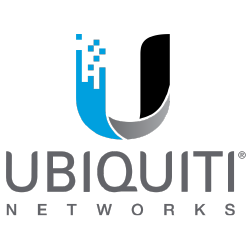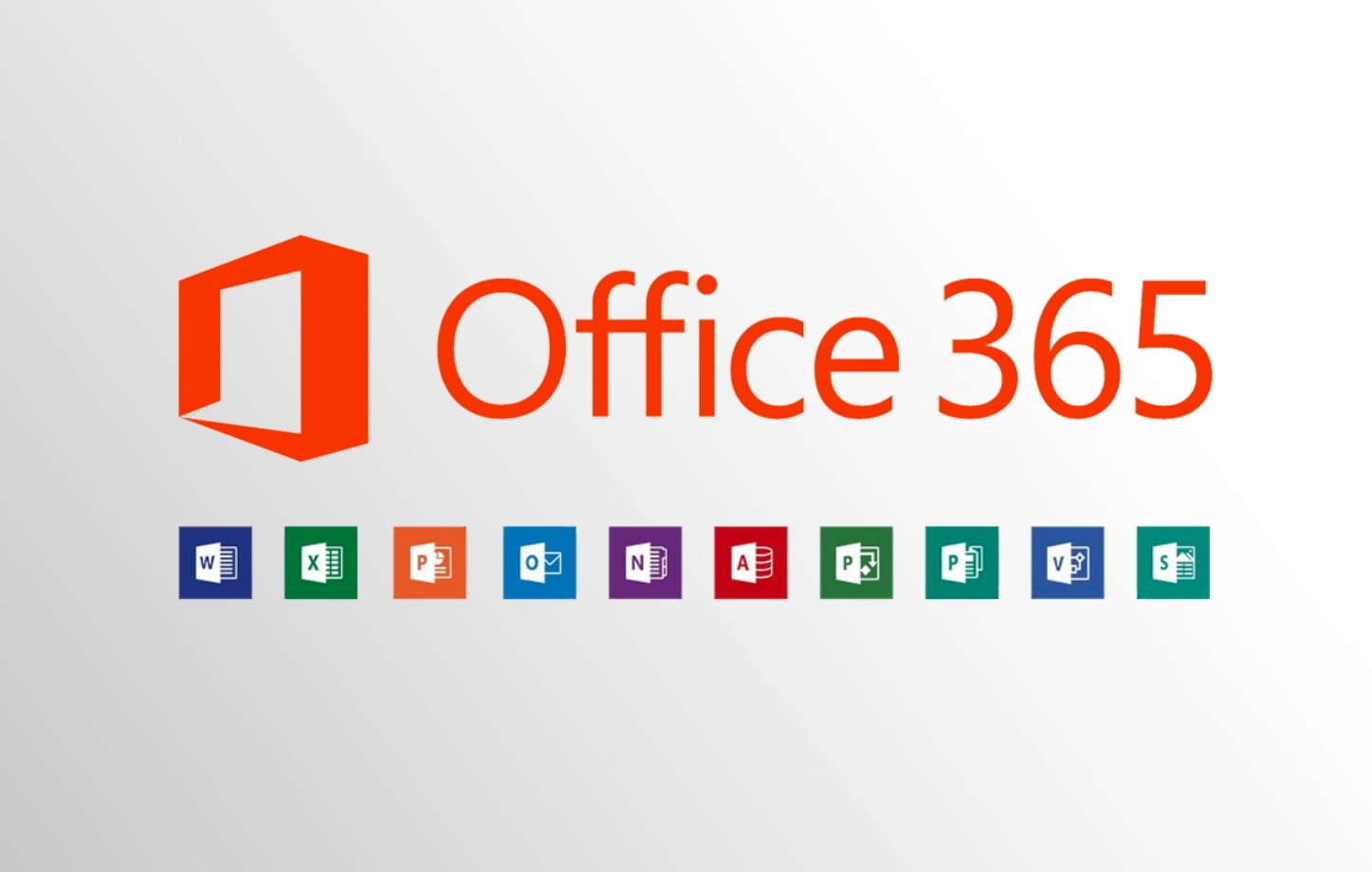"Technology Made Simple. Growth Made Possible."
At ZaheZone, we take your business growth seriously, which is why we’re with you every step of the way. To discover how we can help you optimize and scale your IT, contact us today.
Businesses nowadays rely heavily on technology. From cloud systems and e-commerce platforms to communication tools and connected devices, nearly every operation depends on IT.
Yet many small and medium-sized businesses treat IT disaster recovery as a technical afterthought. A backup folder on a server or a cloud storage plan tucked away and forgotten.
The reality is that disaster recovery isn’t just an IT responsibility. It’s a business strategy, about how quickly operations can resume after any disruption - whether that’s a cyberattack, hardware failure, or human error. Without a plan, downtime can translate into lost revenue, damaged reputation, and frustrated customers.
Understanding disaster recovery as part of a broader risk management framework is essential for ensuring your business can withstand
unexpected events.
The financial implications of IT downtime are significant. Studies show that for large organizations, downtime can cost up to $9,000 per minute. For SMEs, even a short disruption can have serious consequences.
Real-world example:
Qantas (2025): A cyberattack exposed the personal data of up to 6 million customers via a third-party service platform, highlighting that even large, well-resourced organizations can experience data breaches if they don’t fully manage where their data is stored and who has access.This case illustrates that disaster recovery planning is essential for every business, regardless of size or budget.
Many businesses equate disaster recovery with file backups. While important, backups are just one piece of the puzzle. True disaster recovery answers three key questions:
By prioritizing critical systems, businesses can ensure rapid recovery and minimise operational and financial impact.
Cyberattacks are a growing risk for all businesses. The Australian Signals Directorate reports that small business cyber-crimes rose by 8% in 2023–24, with incidents costing an average of $49,600 each.
Disaster recovery planning integrates cybersecurity measures alongside system redundancy. This includes:
It’s about creating confidence and preparedness, not fear.
The end-of-year period presents unique challenges: reduced staffing, increased workload, and heightened risk of disruption. Disaster recovery planning during these times ensures businesses can maintain operations smoothly. Key steps include:
These proactive measures protect revenue, client trust, and operational continuity.
Disaster recovery should be framed as a strategic enabler, not a checkbox. Benefits include:
Even organisations with extensive resources can suffer disruptions, as the Qantas case illustrates. A robust plan ensures your business can
recover efficiently and confidently.
Take the test!
Test your IT Disaster Recovery Plan
in our Business
Technology Scorecard
below
If your business lacks a disaster recovery plan or if your existing plan hasn’t been updated recently:
1. Assess critical systems and potential vulnerabilities
Take our
Business Technology Scorecard
2. Develop a comprehensive, tailored disaster recovery plan
Don't have plan? Talk
to one of our experts about the right recovery plan for you. There's no 'one-size-fits-all' plan when it comes to protecting
what matters most.
3. Regularly review and update your plan to adapt to evolving risks
Not quite sure when was the last time you reviewed your IT systems? Read about the risks of having lean IT in our article Lean
IT = Leaky Systems.
At ZaheZone, we help businesses develop practical disaster recovery strategies that reduce risk, safeguard operations, and build
resilience.
Ready to see how resilient your business is? Take our Business Technology Scorecard or contact us for a pre-holiday disaster recovery audit.
Planning today means confidence tomorrow.








.png)



At ZaheZone, we take your business growth seriously, which is why we’re with you every step of the way. To discover how we can help you optimize and scale your IT, contact us today.
Leave a Comment